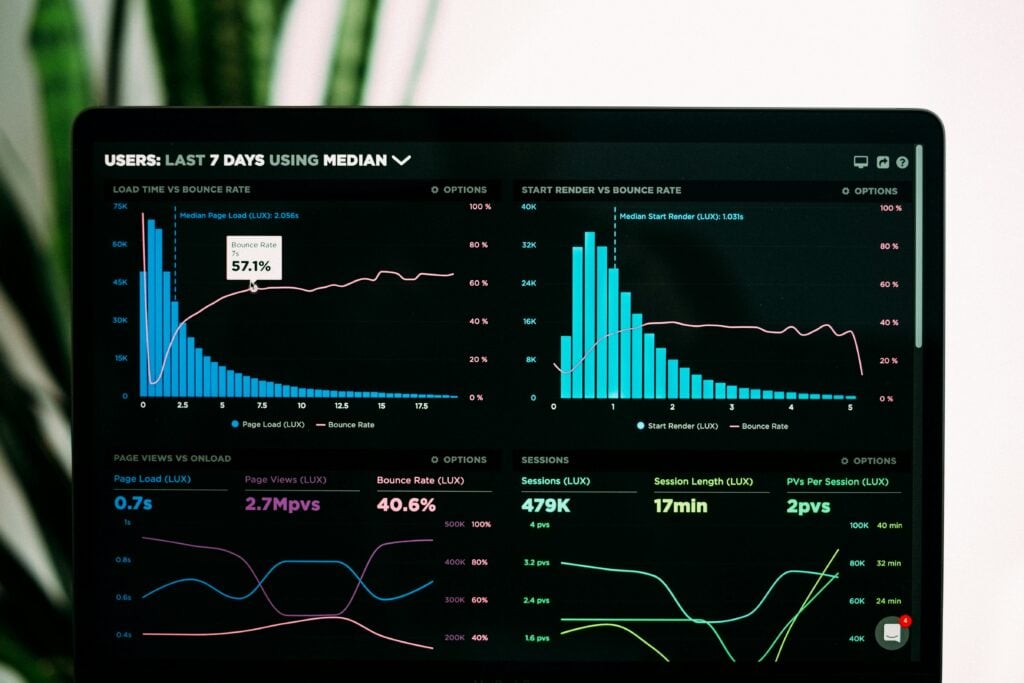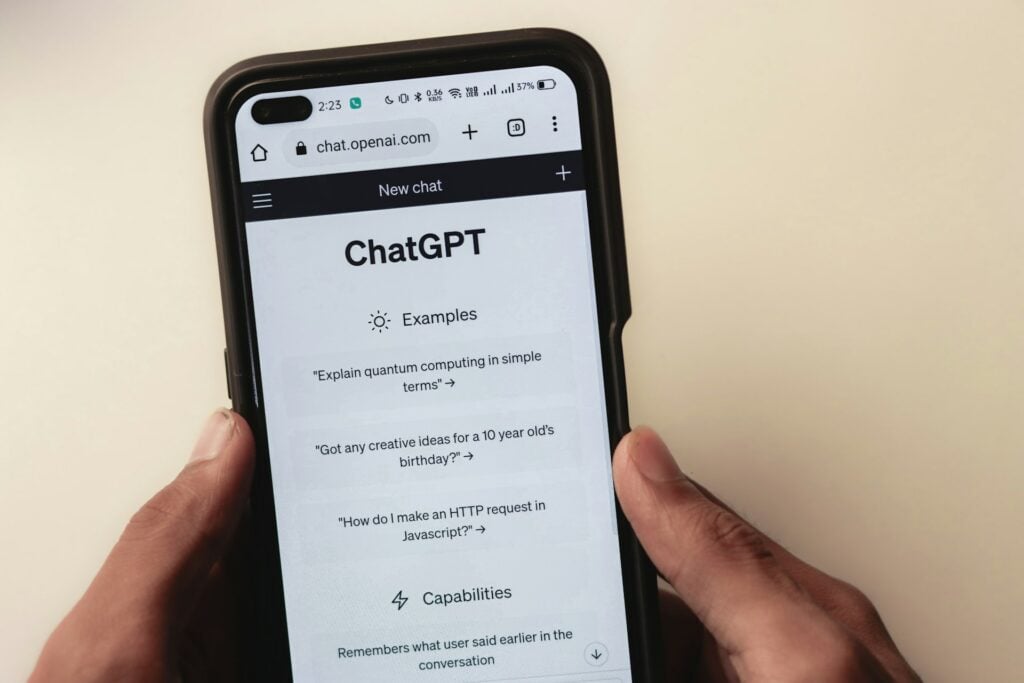Sales call scripts have been a driving force behind the success of sales teams for decades. We’ve all seen The Wolf Of Wall Street, when Jordan Belfort is sealing his first penny stock with the schmooziest sales pitch, a perfect example of the generational salesperson. Times have now changed. Customers want someone that’s on their level, not just someone blowing smoke up their a**.
A/B testing is used in many industries, and with a bit of planning, you can apply it to your sales call scripts too. It’s an integral part of sales initiatives because it allows growth from data-driven decisions. Through the use of A/B testing, your business can determine more effective ways to boost sales and generate mass conversions.
This is your chance to alter your script; change your tone, speed, and the type of open-ended questions you propose, to see the difference between customer interactions. It might just blow you away!
In today’s article, we’re going to focus on how to apply A/B testing to your sales call scripts and how you can work towards your specific business goals.
The Basics of A/B Testing: What is it?
In short, A/B testing, also known as split testing, is an experiment to test different variations of the same strategy to see which one gets better results. In our case, we’re discussing whether a change to your sales script can bring in more revenue or increase customer conversions.
A/B testing is most common when it comes to landing pages and apps. The change can be something as simple as a play on words or a different colored “Sign Up Now” button. For sales calls, it could be something as simple as a slight change in tone. It’s a valuable method for improving audience engagement.
Generally, A/B Testing shows two audiences two different versions of the same sample of content at the same time. There will be a control version and a version that contains the altered variable/s. Once this test is underway, you can analyze which one performs better over the period of the experiment to determine which script or tone of voice to pursue with.
Check out this brief video below about A/B testing with a clear example.
Why Perform A/B Testing?
An A/B test will optimize and improve conversion rates. Why wouldn’t you perform an A/B test is a better question…
By identifying the most effective strategies during the aftermath of the test, it allows you to direct your time and resources into the method that provides the most return. Twisting words in a sales pitch won’t require the same capital that changing a whole sales marketing campaign would.
The smallest cost-free alteration can double conversion rates. You don’t always have to spend big to increase your margins. Sometimes less is more.
A leading A/B test company VWO removed a navigation bar from Yuppiechefs landing page and the results were significant. It resulted in signups going from 3% to 6% — effectively doubling their conversion rate.
Through the use of A/B testing, you’re gaining insights into your customers’ preferences. When you deepen your understanding of what makes prospects buy, you can adjust your sales call scripts and increase conversion rates. Simple
How to Increase Conversion Rate in Sales
In the sales industry, every prospect is a potential customer that holds the key to bringing in more revenue and conversions. Effective sales call scripts are essential, but not every prospect will react the same to the sales spiel. This is where A/B testing comes into play.
Follow these steps to set things in motion and create a data-driven sales strategy that works for you.
1. Set Your Goal
A/B testing results have to be in-line with your business objectives. The goal being set is what defines the change in your A/B Testing. If we focus on sales call scripts, there are near-countless changes you can make. There are plenty of sales skills that you can use as a basis to alter your approach, but it all depends on what specifically you’re trying to achieve from the test.
The goal of “more sales” isn’t specific enough.
Do you want to handle objections better to push those on the edge into making a sale? Or are you more concerned about follow-up calls and adjusting your sales script for those? Or perhaps, it’s simply letting the prospect do more of the talking. Maybe you want to test different variations to see if the prospect becomes more suggestive to the idea if they’re given lots of room to talk freely.
Whatever it is, pin down the specific goal you’re aiming for. This will allow you to easily identify which variable to change and which metrics to track.

You track your sales performance metrics to ensure you’re making great business decisions. Boost your sales metrics with these tips…
2. Choose Your Variable
There are hundreds of variables you could potentially change. Here are some of the things to keep in mind during your sales scripts. Scan the list with your goal in mind and see which one leaps out at you.
- Opening statements: Grab your customers’ attention and solidify that relationship from the start. Testing the tone, speed, and emotion behind your opening dialogue can be one variable. Another test you could run is mixing up your open-ended questions to test how well your customer interacts with each one.
- Length of calls: Some customers want the most information available and others want you to shut up and cut to the chase. By testing the length of your sales calls, you can find that perfect middle ground for keeping your prospect engaged.
- Change the way you speak: You can try using a different tone, cutting out the jargon, or using power words to describe your product. Alternatively, vary the way you break the ice to see if it develops the relationship further. If you have mutual interests with the prospect, bring them up and get that rapport going.
- Prospective benefits: Emphasizing different perks of your product during the test will help you establish a firm opinion on what you should lead with in the future. With knowledge and enthusiasm of your product, your sales reps can really push home the benefits to your prospect. An example test could be changing the order in which you read out the benefits of using your service over your competitors. This can be enhanced further by paying attention to the data you have on each individual prospect – some may be looking for a specific feature that you can adapt your script to lead with.
- Handling grumbles: It does not matter if you’re Jeff Bezos or Elon Musk, your product will never be 100% perfect. You can employ various techniques to deal with consistent objections. The results will help you refine the perfect response.
If your prospective customer has a problem or an issue, the sales rep should be understanding of why it’s a problem for them and not just reading from an objection handling sheet. Be on their level and resonate with their woes. If they can tell you care, you will build trust in your relationship. With trust, they are more likely to be persuaded when you provide data or social proof to alleviate their worries.
- Following up: It’s so difficult to obtain the perfect timing when it comes to follow ups. You don’t want your prospect to forget you but you also don’t want to hound them to sign up.
Different times and methods of follow up communication can help you find the perfect balance. For example, you may want to send an immediate email summarizing everything discussed (this can be done automatically with tl;dv!) and marking a time in which you will follow them up. It’s always good to agree beforehand.
Otherwise, you can see about having more follow-up calls than you usually would. Perhaps that extra one is where the gold is. After all, 80% of sales require 5 follow-ups or more. If you’re doing less, this could be a big variable to test.
- Close it out: Just like your opening, you want to finish off strong! Mix up your closing sales call scripts through the variation of words and tone. Leave your prospective customer with something to think about. Consider always wrapping it up with clear action points about what’s going to happen next.
You can find sales script examples all over the place, but one great one for closing is this: “If you don’t have any more questions or concerns, I think we’re ready to get started.” Ideally, this should be said immediately after handling the prospect’s objections (if they had any). For more sales script examples for closing deals, check out this article.
In short, don’t just think about when to close the call. How is equally as important. You can vary the closing approaches and add a sense of urgency for them to sign up. This is one of the best variables to test in your sales call scripts.
Don’t Be a Sales Robot
It’s so easy to get caught up in your sales call script and forget to have an actual conversation. When you’re saying the same thing over and over again to different people, it can become monotonous. Always remember that sales call scripts are there as a guideline, not a must-be-followed-at-all-times kinda deal.
You’re just a human speaking to another human. It’s important to remember that to access your authenticity. You might not even realize it, but your best sales traits are your human qualities; being adaptable, transparent, and authentic will build you a better rapport than just reading from a sales script.
3. Identify Your Metrics
Now you have your A/B testing goals recognized and variations of sales call scripts in hand, you can move your focus towards identifying the metrics you are going to track.
Generally, you want to keep your eyes on metrics that confirm an increase in revenue. However, a specific (and pre-defined) emotional response can also be an indicator that one of your sales scripts worked. It all depends on your goal and chosen variable/s.
- Conversion rate: This is the big one. Who signed up, or who’s scheduled to sign up? By identifying the percentage of your conversions from varying sales call scripts, you can figure out which script and variation was the most likely to result in a sale and why.
- Response rate: Who has positively engaged with your sales call scripts? Record the responses by asking for feedback, or simply track which prospective customers have expressed initial interest. Who said they’ll get back to you with their stakeholders? It can be worth tracking an emotional investment, but always remember: they’re not sales until they’re sales.
"It’s much easier to double your business by doubling your conversion rate than by doubling your traffic."
Jeff Eisenberg Tweet
- Duration of sales call: By tracking the amount of time each sales call takes, you will be able to see the effects of script variations correlating with the length of call. You can identify whether a certain time-frame results in more sales or a stronger connection with the prospect. Alternatively, you can identify when calls are too long or short to make an impact.
- Follow ups: By calculating the amount of agreed follow ups, you can measure who was engaging with your sales pitch. Counting the follow ups can give you possible leads to adding more customers to your roster.
- Information requests: If your customer requests further information, you may take this as another indicator. It can give an idea of how successful your sales call was, but again, it’s not a sale unless there’s money on the table. Be careful that you don’t only track emotional responses.
4. Let the Testing Begin
Your variables and metrics have been identified, now it’s time to randomly distribute your target audiences into two different groups. Group A will be known as the control group and will be assigned the original sales call scripts. Group B, known as the experiment group, will be assigned the modified sales call script.
By equally distributing and rolling out the sales call scripts to each group, you can track the performance and metrics for each selected variation!
5. Data and Analysis
During sales calls, record the data for each metric you’re following and collect it over a period of months. You can automate this by scheduling tl;dv to join your video calls on Zoom, MS Teams, or Google Meet. It’ll automatically record your meetings and transcribe them, and then if you want to track specific results, you can even set up recurring reports about this topic that cover ALL your newest meetings simultaneously. This will get delivered to your inbox so you don’t even need to manually watch the calls. It’s a great sales call recording software to keep in mind.
Once you have gathered your data, determine your results based on which script was a catalyst for improving conversion rates. Then refine your sales call scripts based on the data collected.
6. Repetition, Retention, and Revenue
As A/B testing is an ongoing process, you will have to continuously test your sales call script variables and keep evolving with the market. Once you have a clear winner, generate new tests. Never stop. Imagine a never-ending knock-out competition and the winner goes through to the next round. Over and over and over again. You should always be testing to improve your business.
Successful A/B testing on sales call scripts will improve the revenue you’re bringing into your business. That’s the end goal. Your specific goals along the way will define how that happens. When you’re onto a winner, rinse and repeat!
Start A/B Testing Your Sales Call Scripts Today
Not every hat fits the same head. Just like not every sales call script will land you a subscription. Your A/B testing variable for your sales calls scripts can be as small as a change of tone to something like ridding jargon from your script entirely. Remember that the more nuanced the change, the easier it is to identify exactly what caused the change in revenue.
Just because you spend more, it does not mean your conversions and revenue will increase. Ongoing variation tests over years will help you find those perfect lines and ultimately help you achieve the most effective and efficient data-driven sales strategy.








